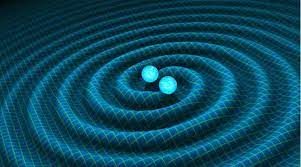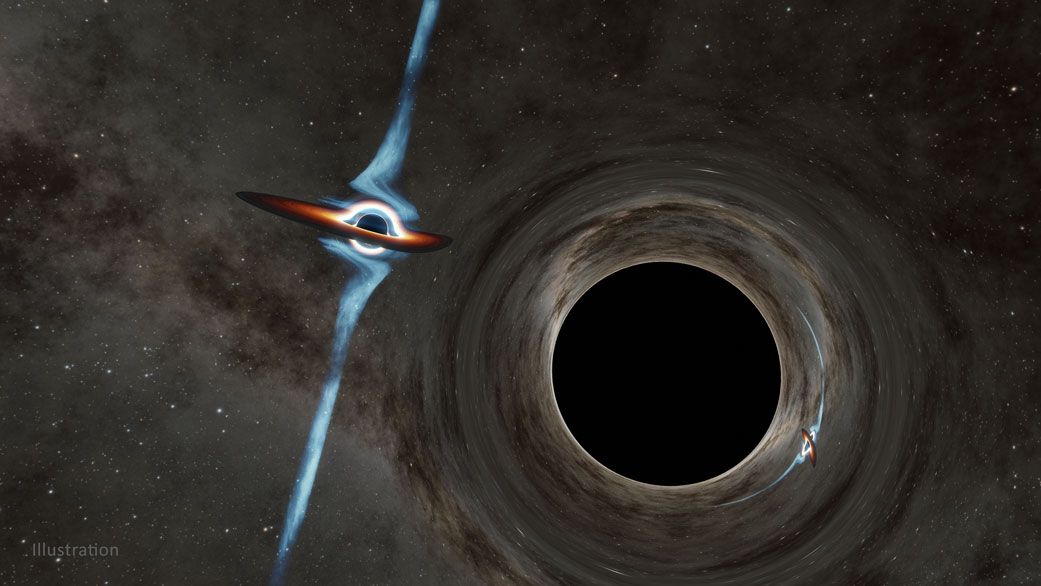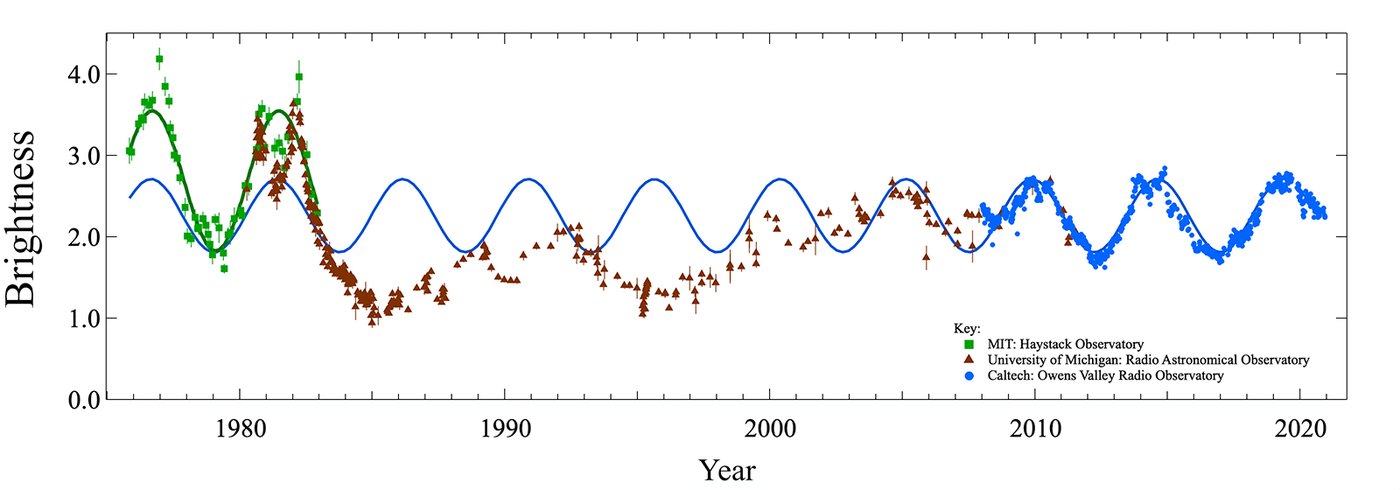Twenty years ago the idea that some of the largest galaxies possessed a ‘Supermassive Black Hole’ in their center was a major discovery. Since that time more and more evidence has accumulated that every galaxy, even many small ones, possess such black holes whose mass can be anywhere from tens of millions to billions of times that of our Sun. One of the major questions in astronomy today is whether supermassive black holes came first and formed galaxies around them or does the formation of galaxies lead to the creation of supermassive black holes. By the way, this is a question that it is hoped the new James Webb Space Telescope may provide some evidence to help answer.

One thing we do know is that big galaxies form by combining smaller galaxies, or more often by a big galaxy gobbling up a small one. Our own Milky Way is now known to have gobbled up as many as a half dozen smaller galaxies over the last billion years or so. So what happened to the supermassive black holes in those now consumed galaxies, are they wandering around somewhere in our galaxy or did they become absorbed by the Milky Way’s supermassive black hole.

Probably both. If the two galaxies strike each other in a glancing blow the black holes at their centers may never come within tens of thousands of light years of each other and may wander around separately for billions of years. On the other hand astronomers think that sometimes the black holes can become entangled and will then begin to orbit each other. If that occurs the two supermassive black holes will start to emit gravity waves so that slowly the energy of their orbit will radiate away causing them to move closer and closer until they merge.

Evidence for the latter scenario has recently been uncovered and published in the Astrophysical Journal Letters. The evidence comes from a black hole situated in a galaxy about 9 billion light years away, which you will remember means that the events we are watching actually took place 9 billion years ago. The supermassive black hole, which has been designated as PKS 2131-021, is devouring a considerable amount of matter. A small amount of that matter is escaping from the black hole in the form of a high energy jet. Such objects are called Blazars and it so happens that PKS 2131-021’s jet is pointing right at Earth giving us an excellent look at what is going on.

And recent observations have shown that the energy from PKS 2131-021 fluctuates on a regular basis, around every two years the intensity dips slightly only to soon recover. Checking data going back 45 years from five observatories the researchers confirmed their own observations.

The astronomers hypothesize that the cause of the variation could be another supermassive black hole in a tight orbit around PKS 2131-021, the tightest known orbit for a pair of supermassive black holes. Using Einstein’s Theory of Gravity the astronomers have calculated that the two black holes should merge in about 10,000 years or so and when they do they will produce massive amounts of gravity waves that will the shake the fabric of space-time throughout the observable Universe.

In previous posts, 7 October 2017, 22 October 2017 and 23 September 2020, I have talked about the LIGO and Virgo laser gravity wave observatories and how over the last ten years they have succeeded in capturing the final outbursts from mergers of several pairs of stellar mass black holes, black holes with masses 5-10 times that of our Sun. So far however they haven’t observed gravity waves from pairs of Supermassive black holes, such events are very rare even in the entire Universe. Perhaps with a few more upgrades however they might be able to start picking up the gravity waves already coming from PKS 2131-021.

Astronomers will continue to study PKS 2131-021, with both gravity wave observatories and more old fashion telescopes hoping to learn more of its secrets. The more astronomers observe the Universe the more common Supermassive Black Holes have become so that it’s a good question. Does the Universe consist of Galaxies of stars with Supermassive Black Holes at their hearts, or does it consist of Supermassive Black Holes with a halo of stars around them?
